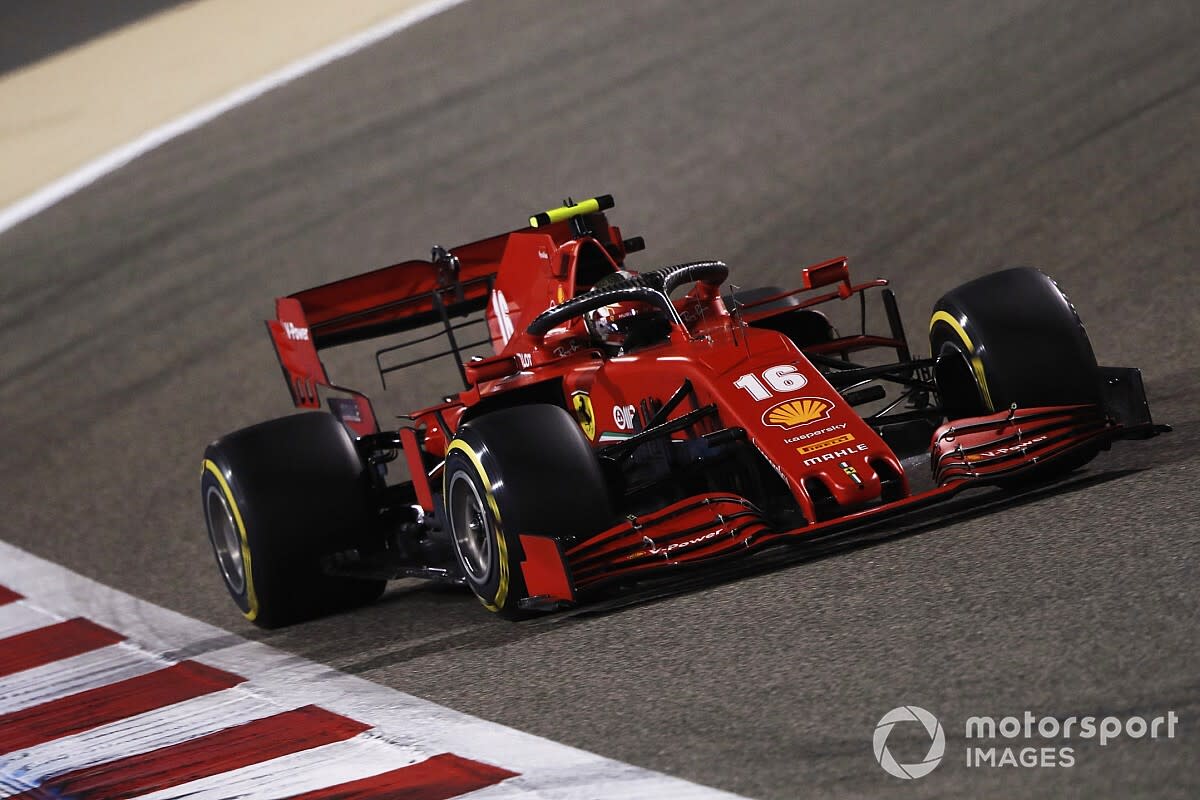Mr. Conte’s office replied, according to correspondence seen by The Times, that there would be a ministerial-level meeting on Saturday, two days later, and that no decision would come before then.
By March 6, law enforcement had begun setting up at the hotel.
The police filled the hours by inspecting the routes they were supposed to close off and holding briefings in the basement, with commanders drawing maps of the towns and their streets on an easel.
“They knew it all by heart,” Ms. Arzuffi, the hotel owner, said.
As they ran drills, Mr. Conte met on March 6 with the scientific committee in Rome yet again. According to Mr. Speranza, the committee told Mr. Conte that closing Bergamo was no longer the issue. All of Lombardy, including Milan, needed to be locked down.
Two days later, on March 8, Mr. Conte did just that.
Mr. Conte has portrayed himself as urging the scientists to think bigger and bolder, saying he told them, “Shouldn’t we think of more radical measures?”
Later that day, the police officers at the Continental Hotel packed up and left.
“Nothing happened,” Mr. Cancelli said.
The Virus Preyed
As the authorities decided what to do, the virus seemed to spread everywhere and touch everyone. Infections ravaged homes and apartments. People started dying.
Mr. Orlandi, the burly truck driver who had once delighted the children in his family by thumb wrestling them with his gaping hands, died the day after his family learned he had contracted the virus. Some of his family became infected and died, too.








